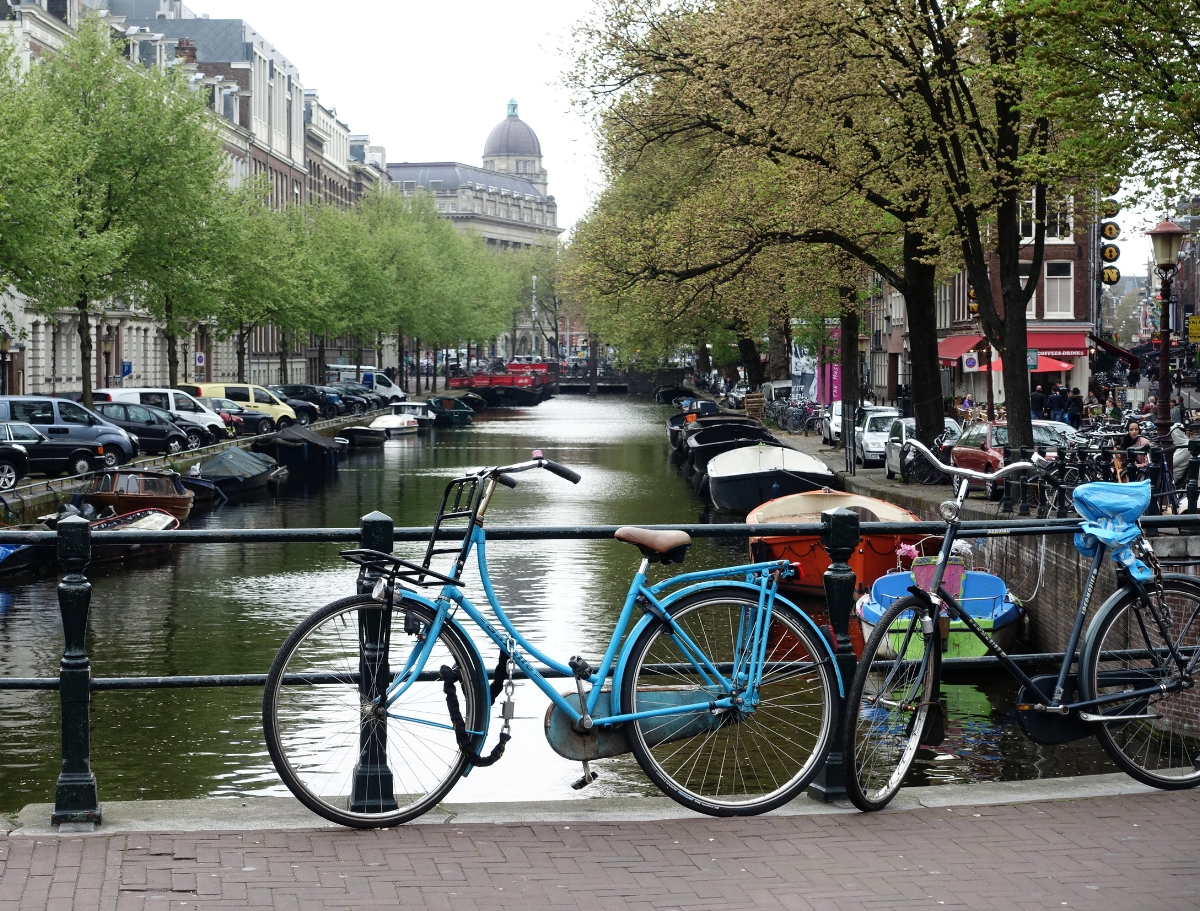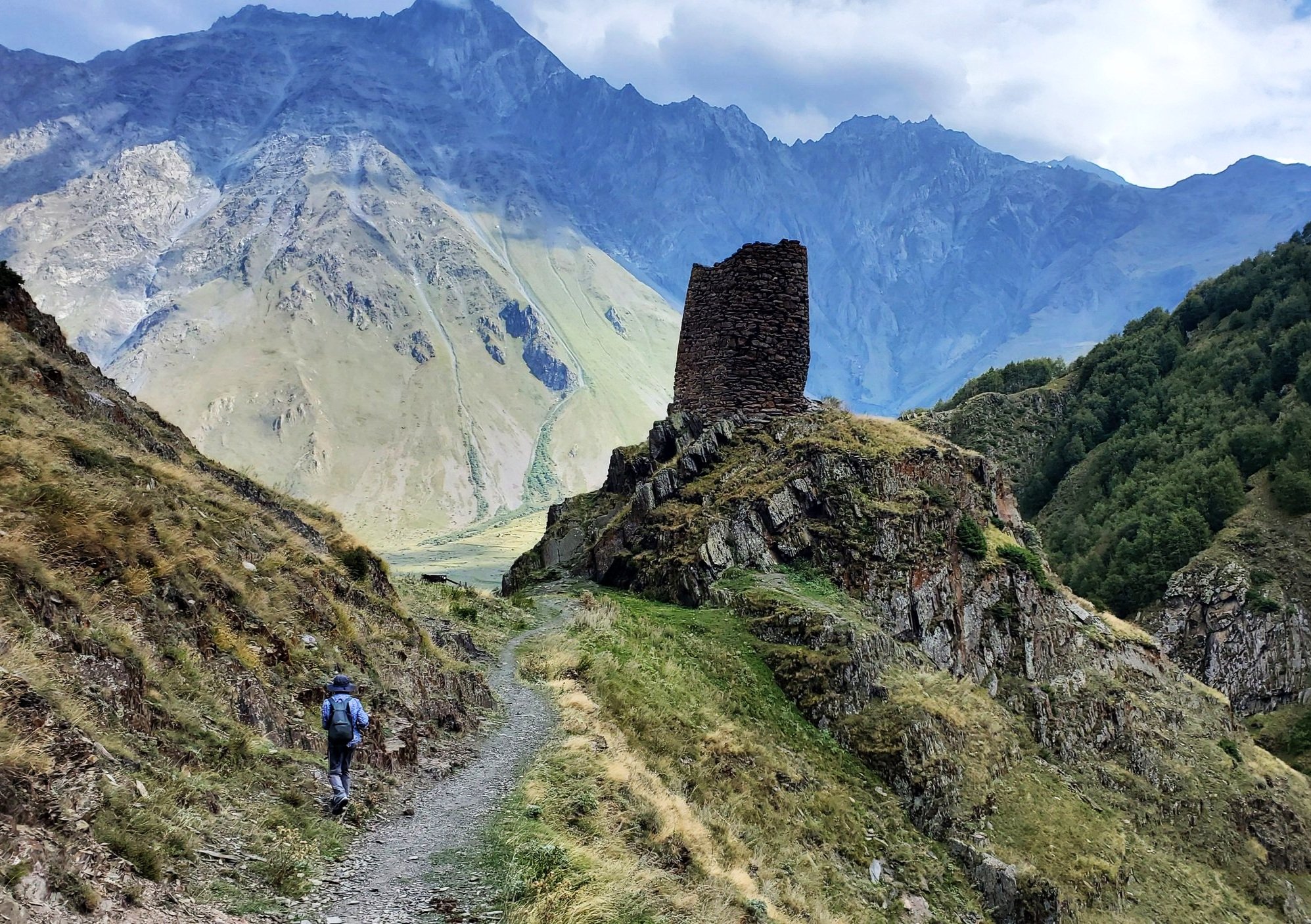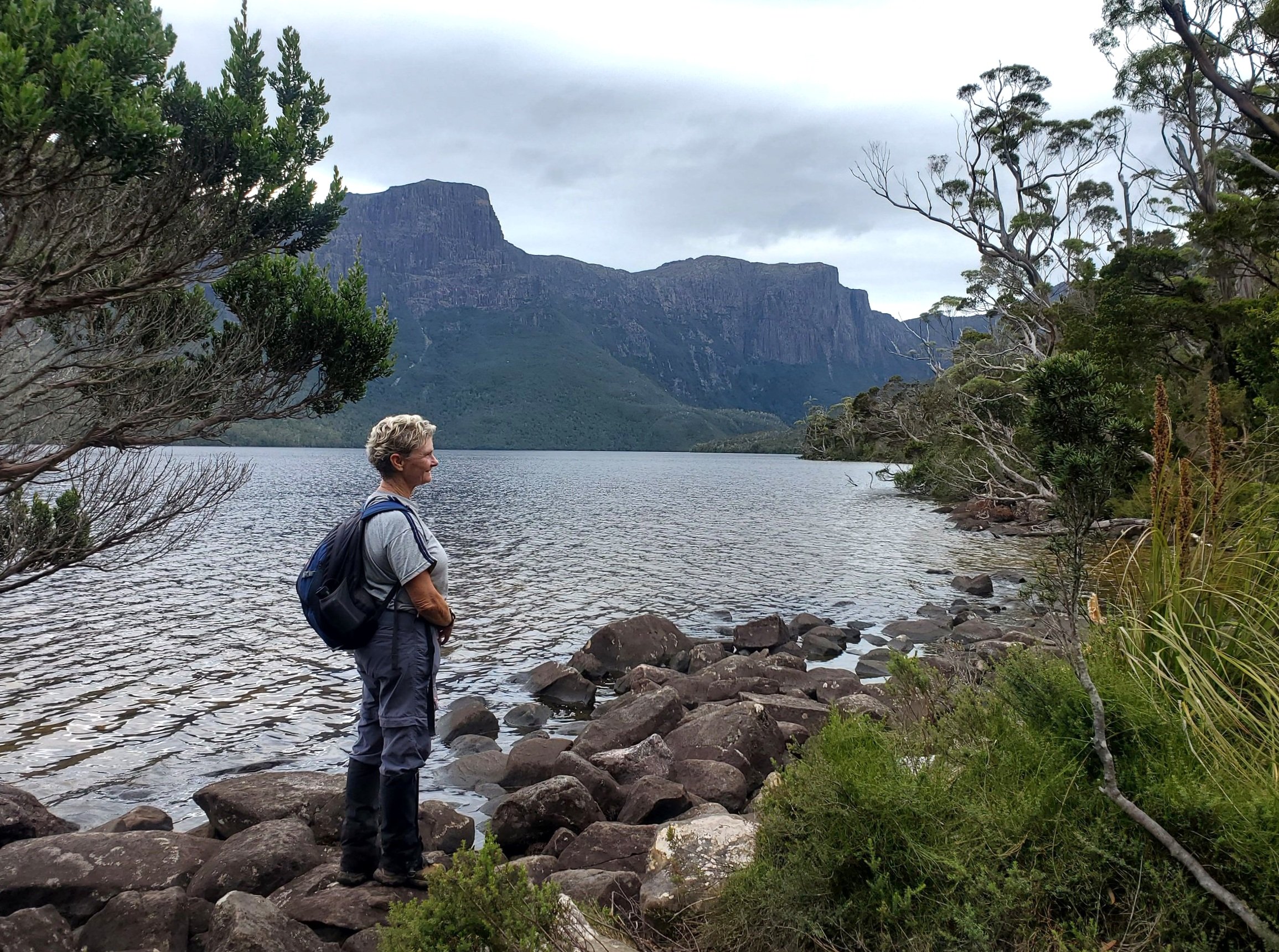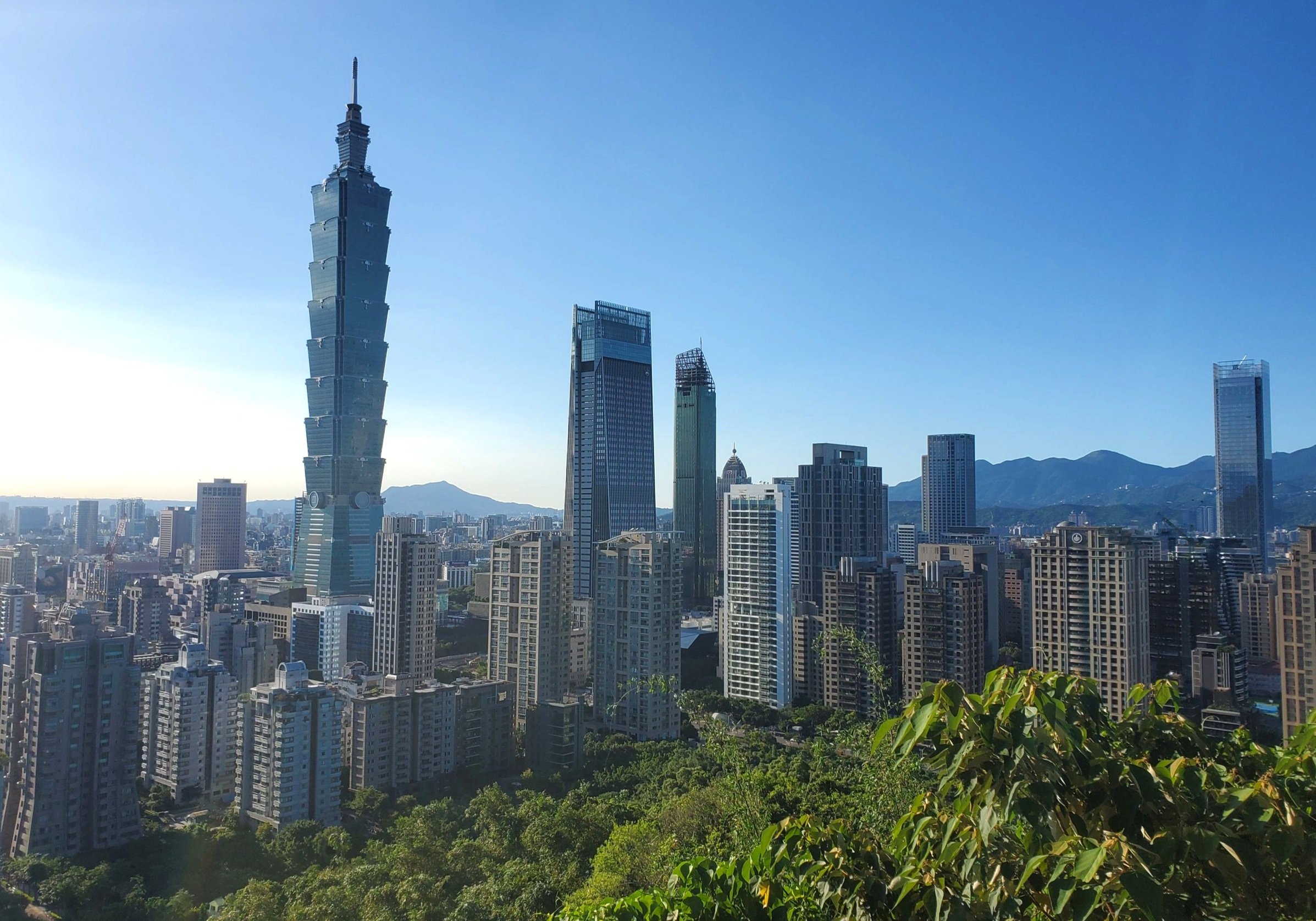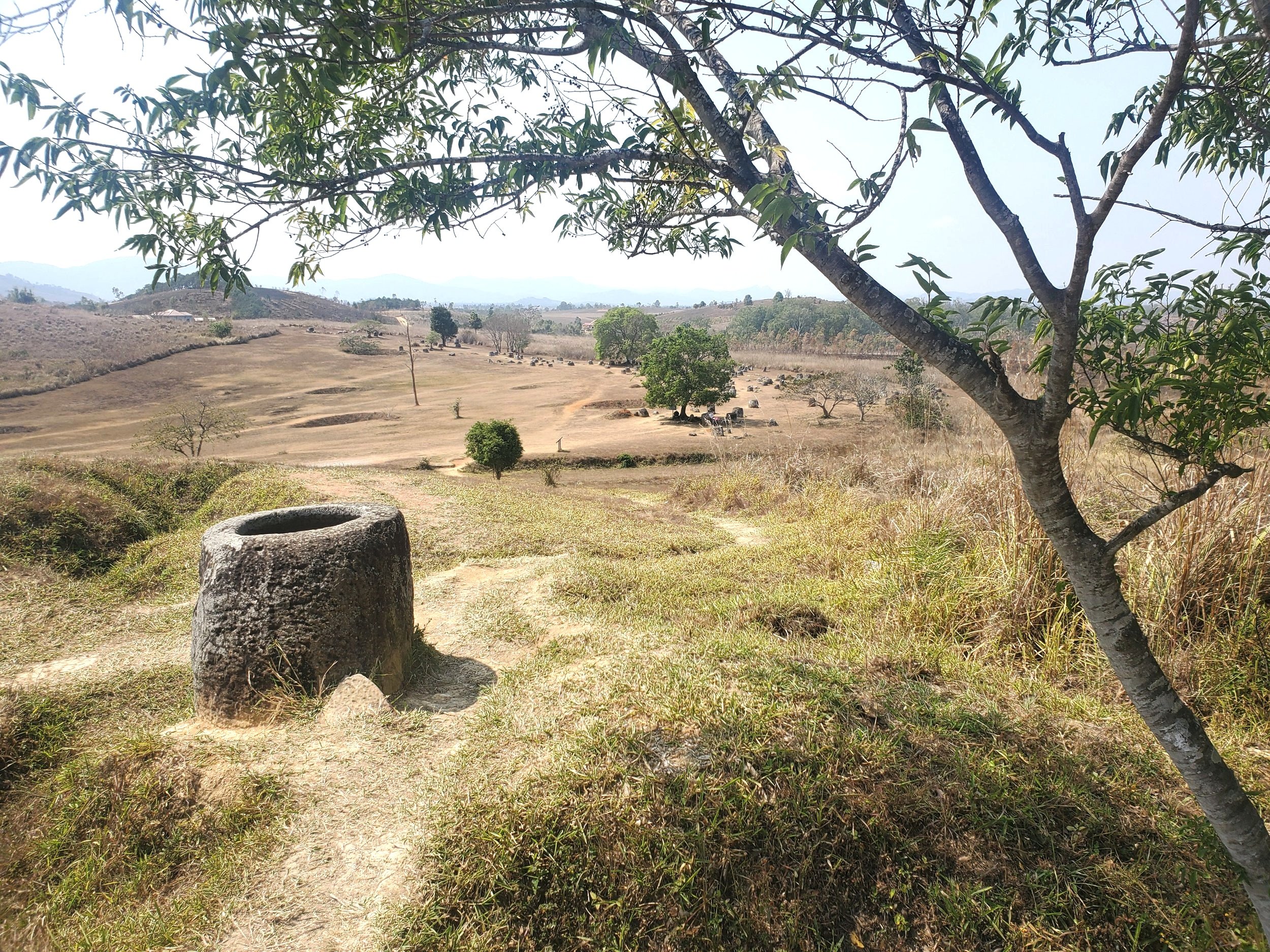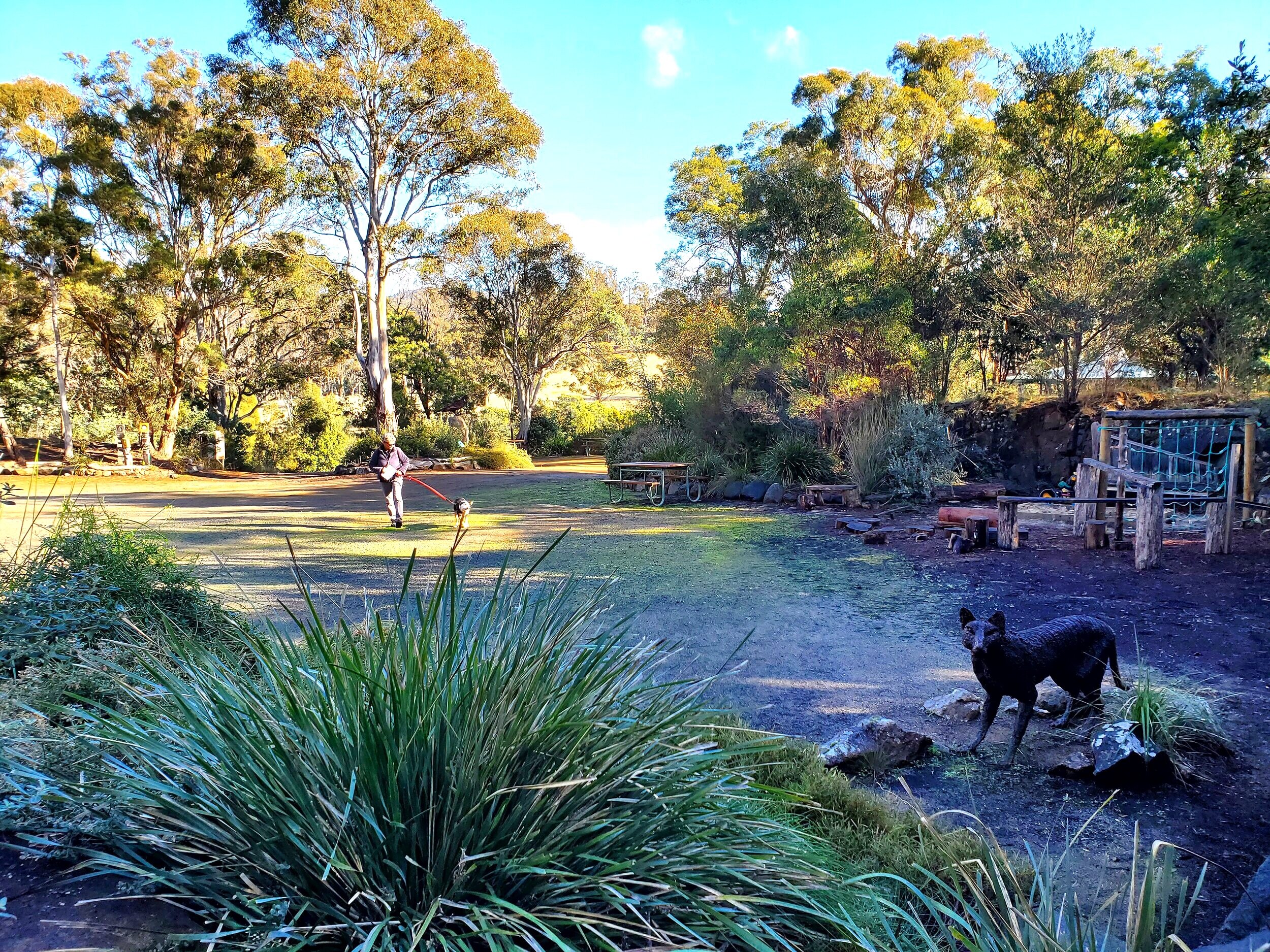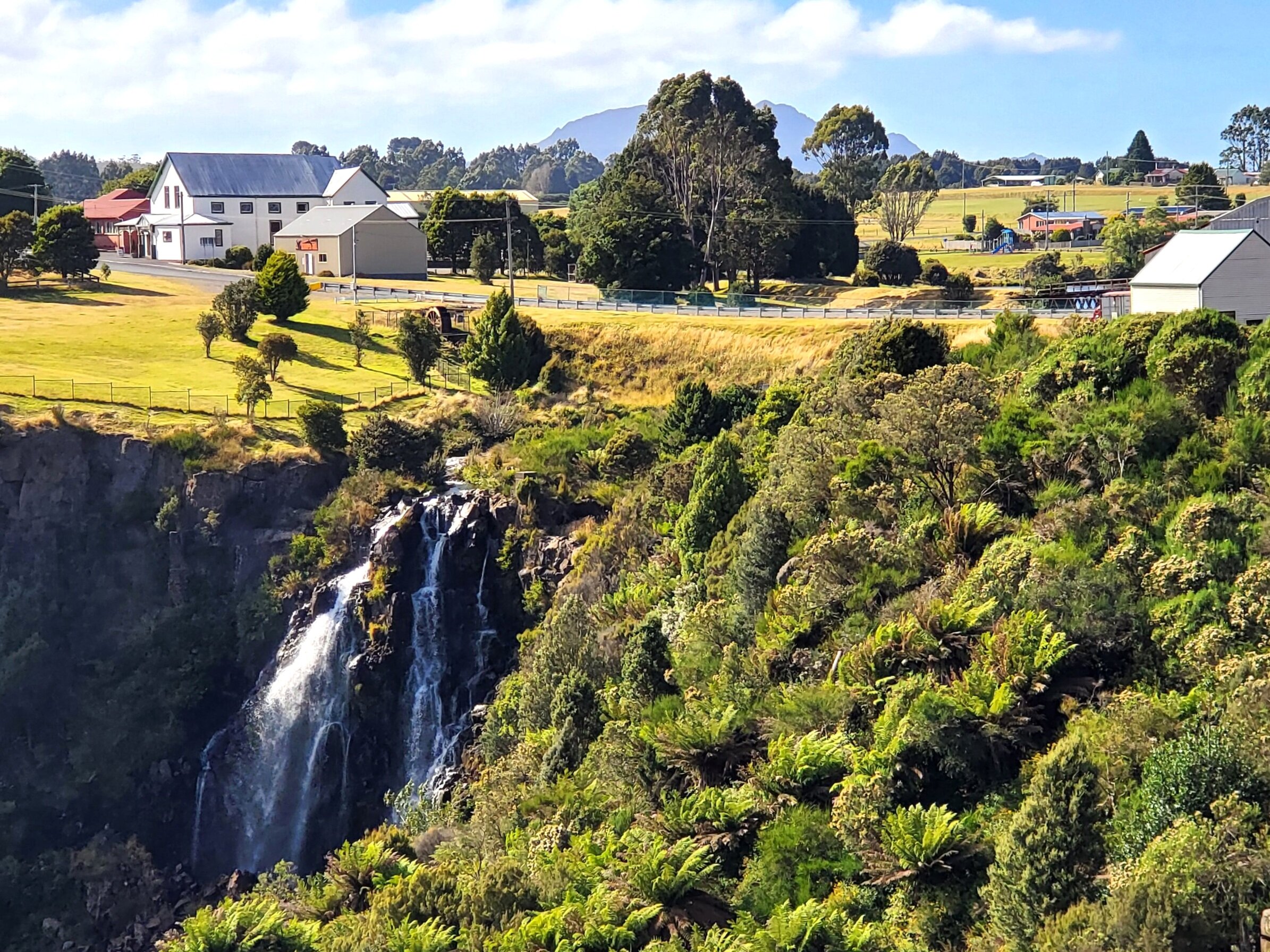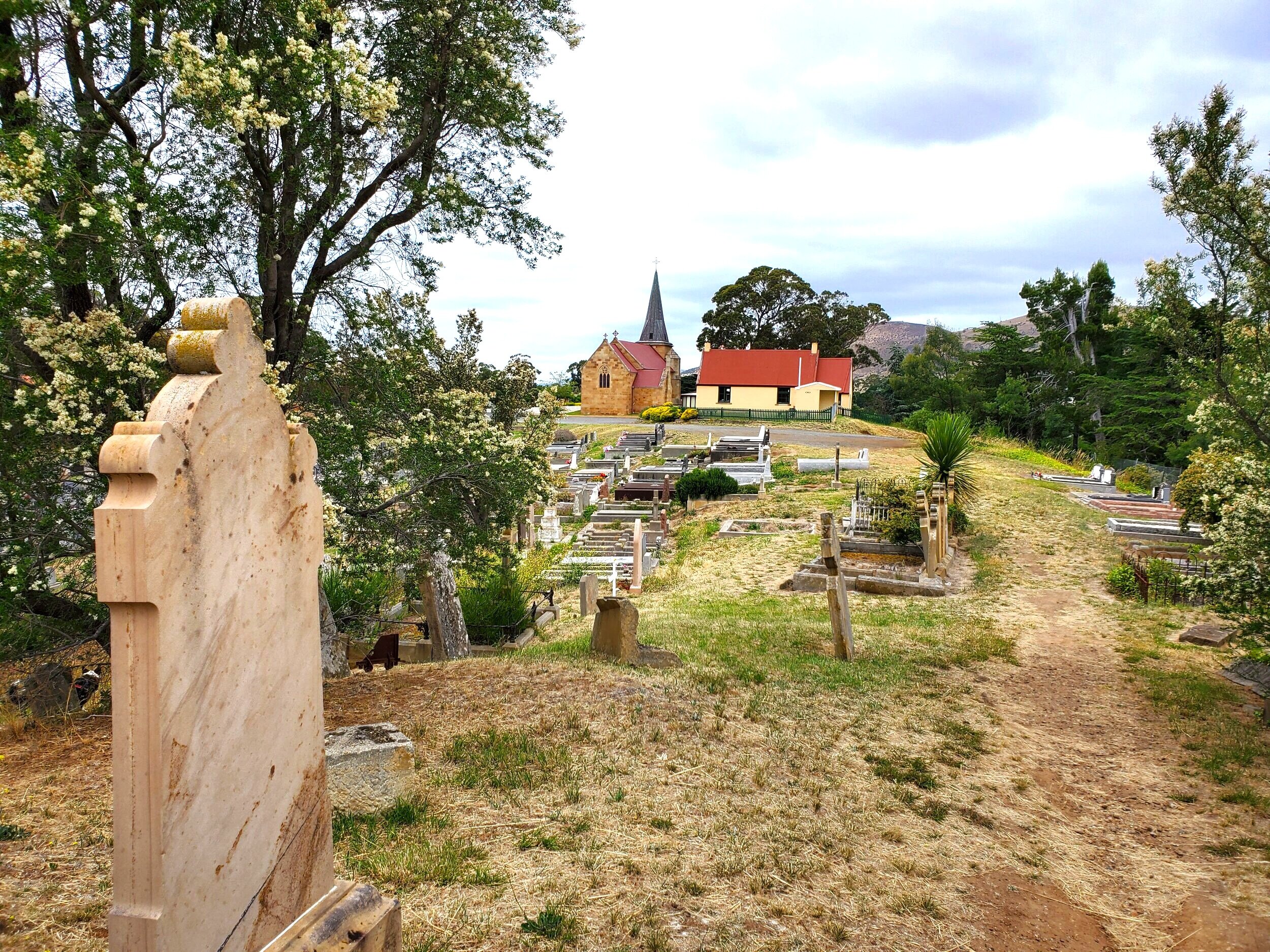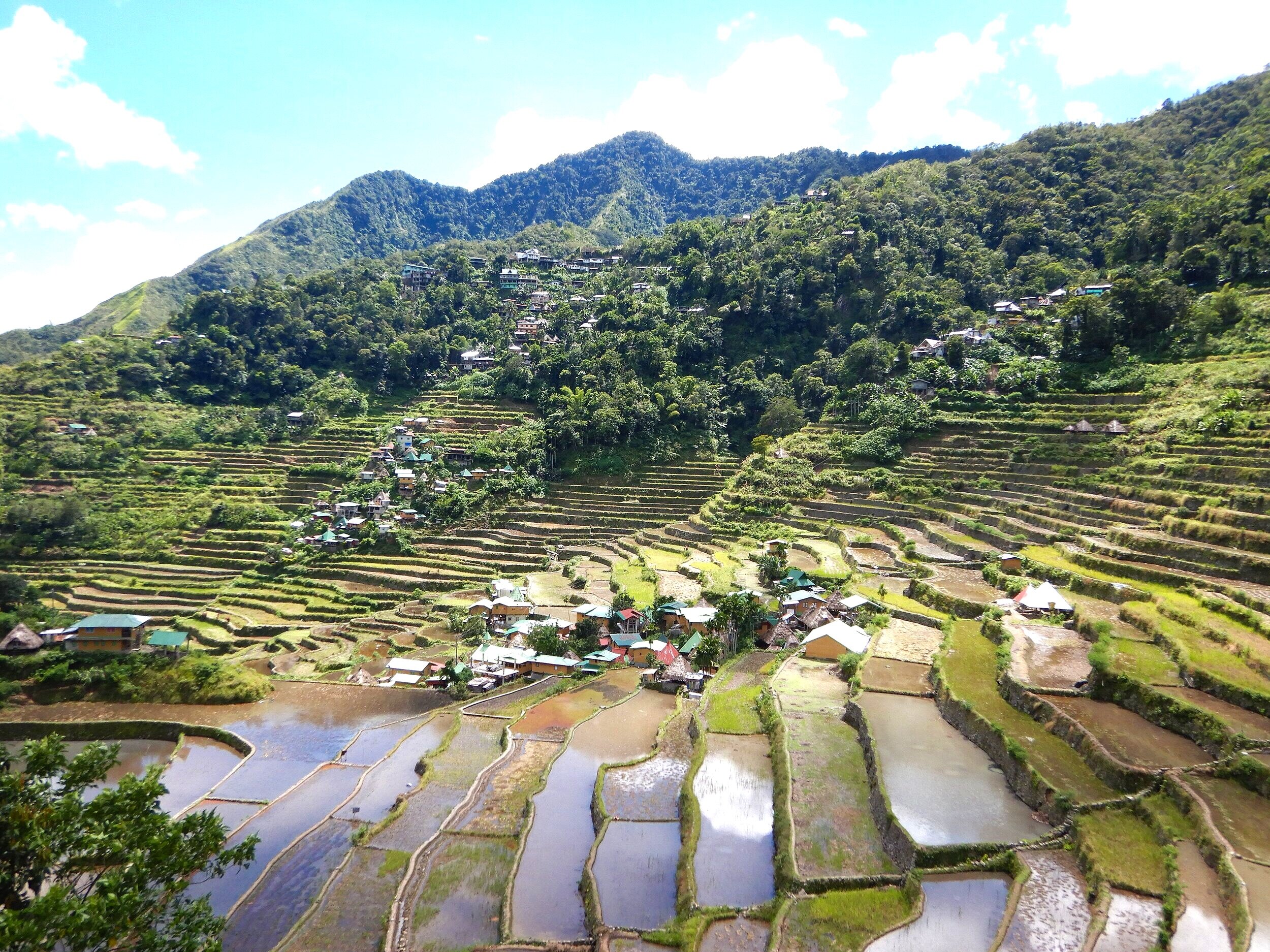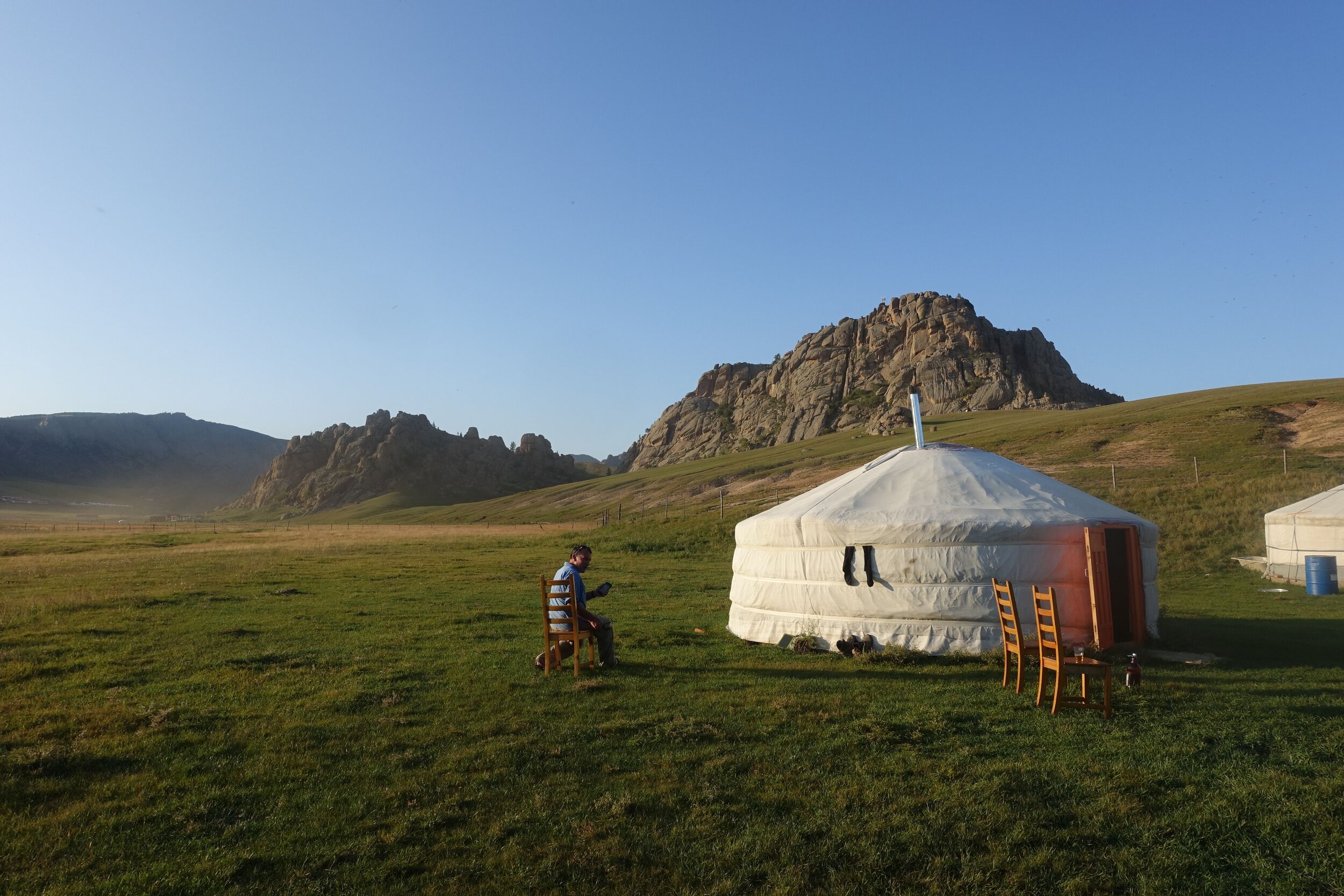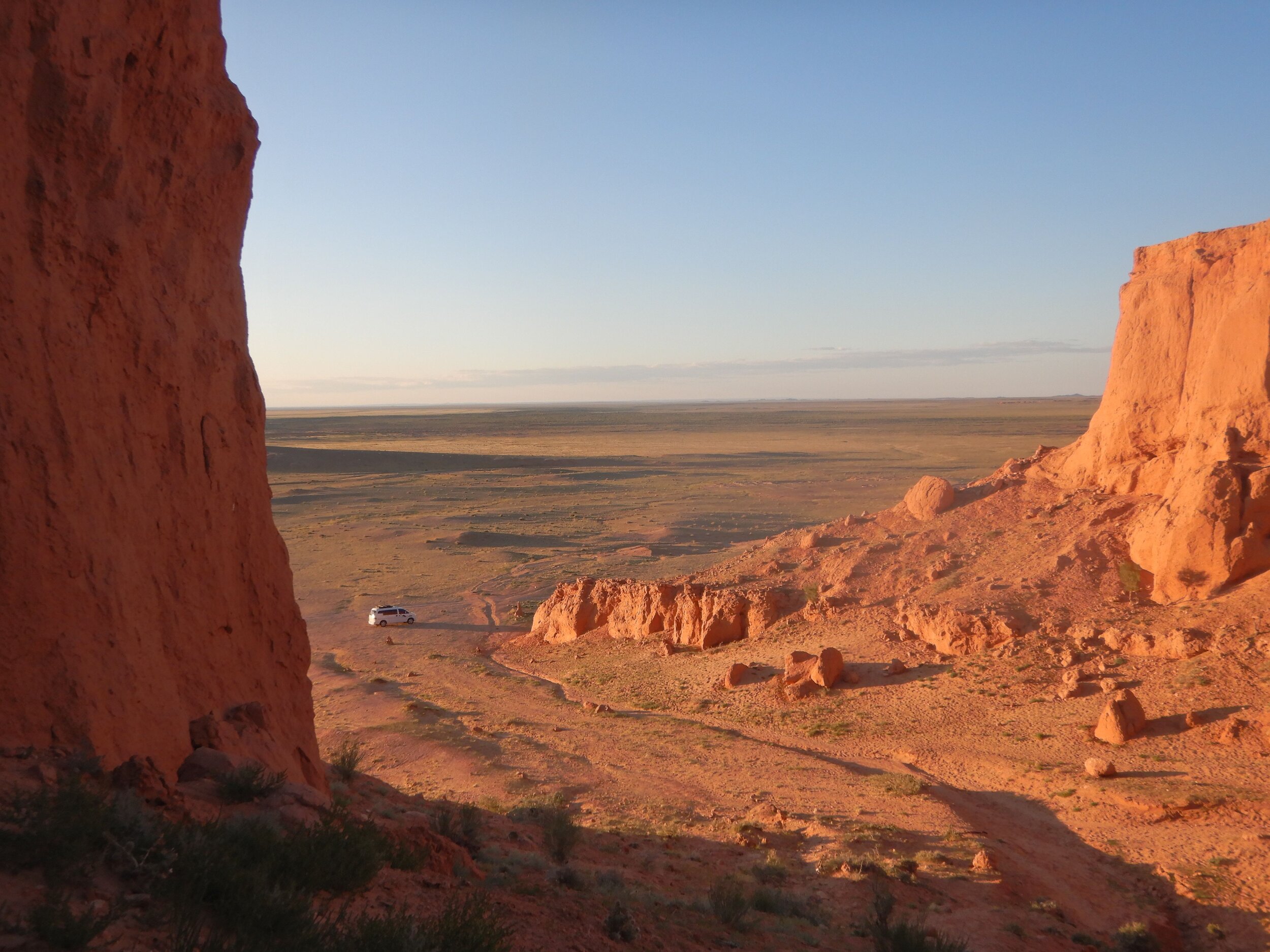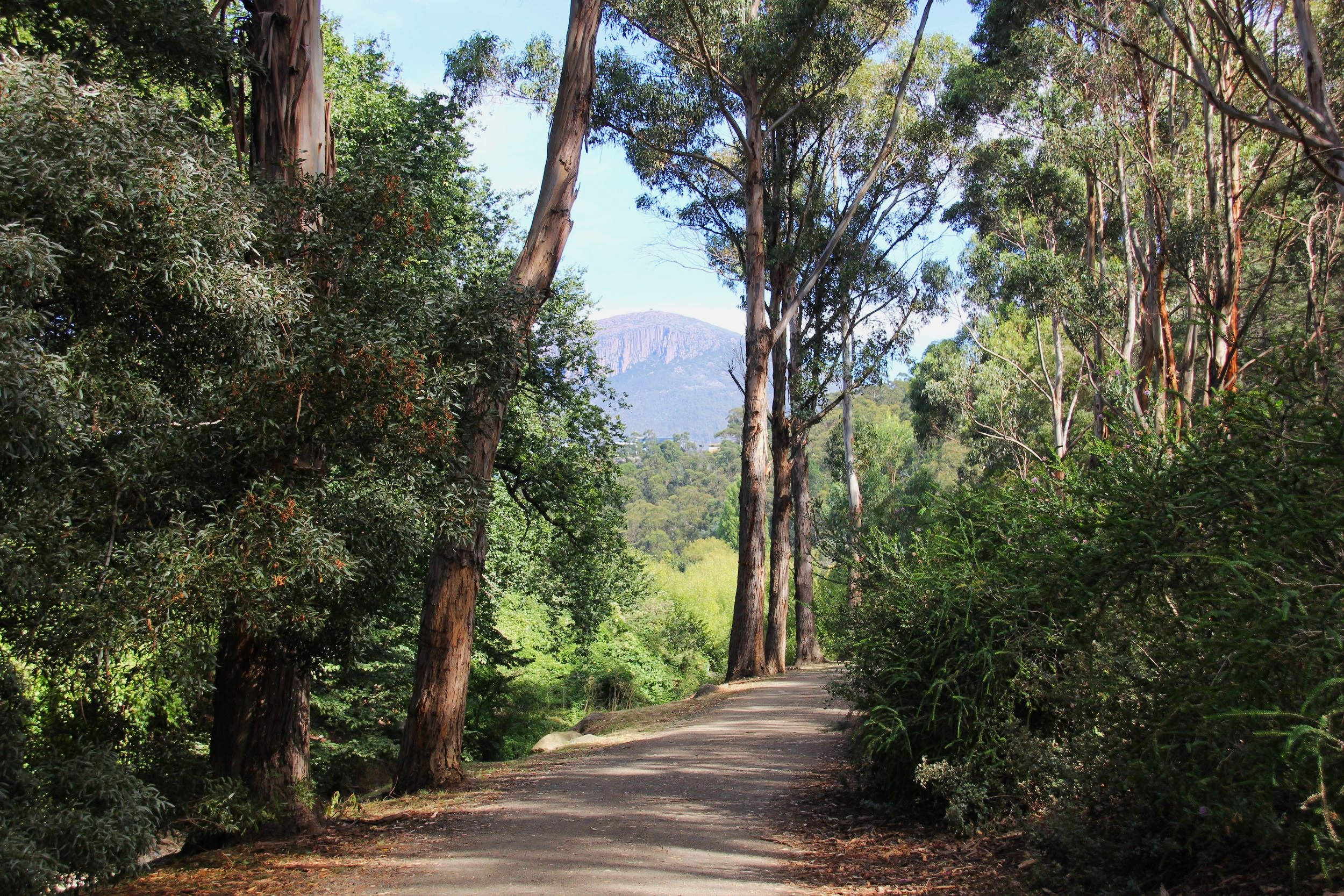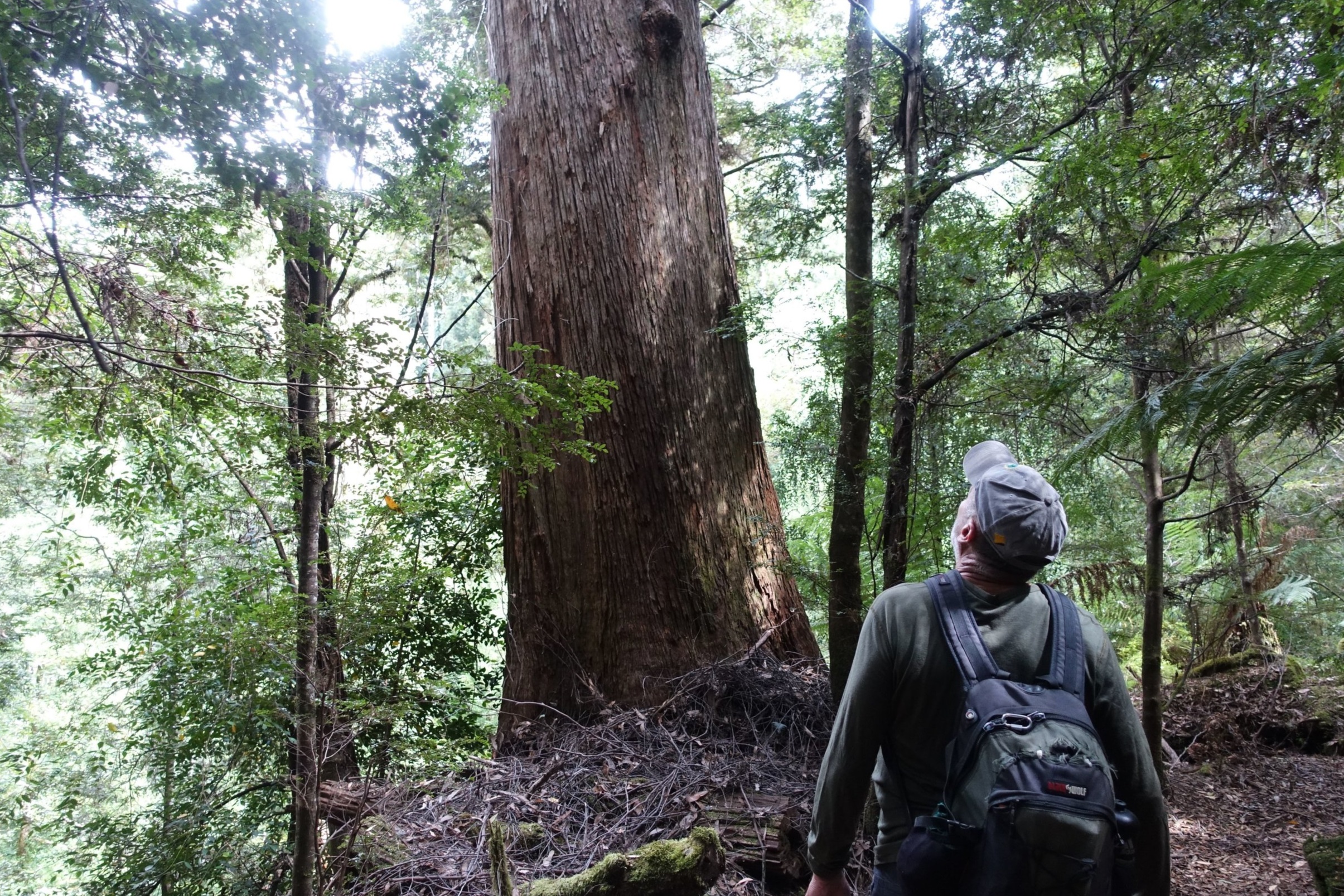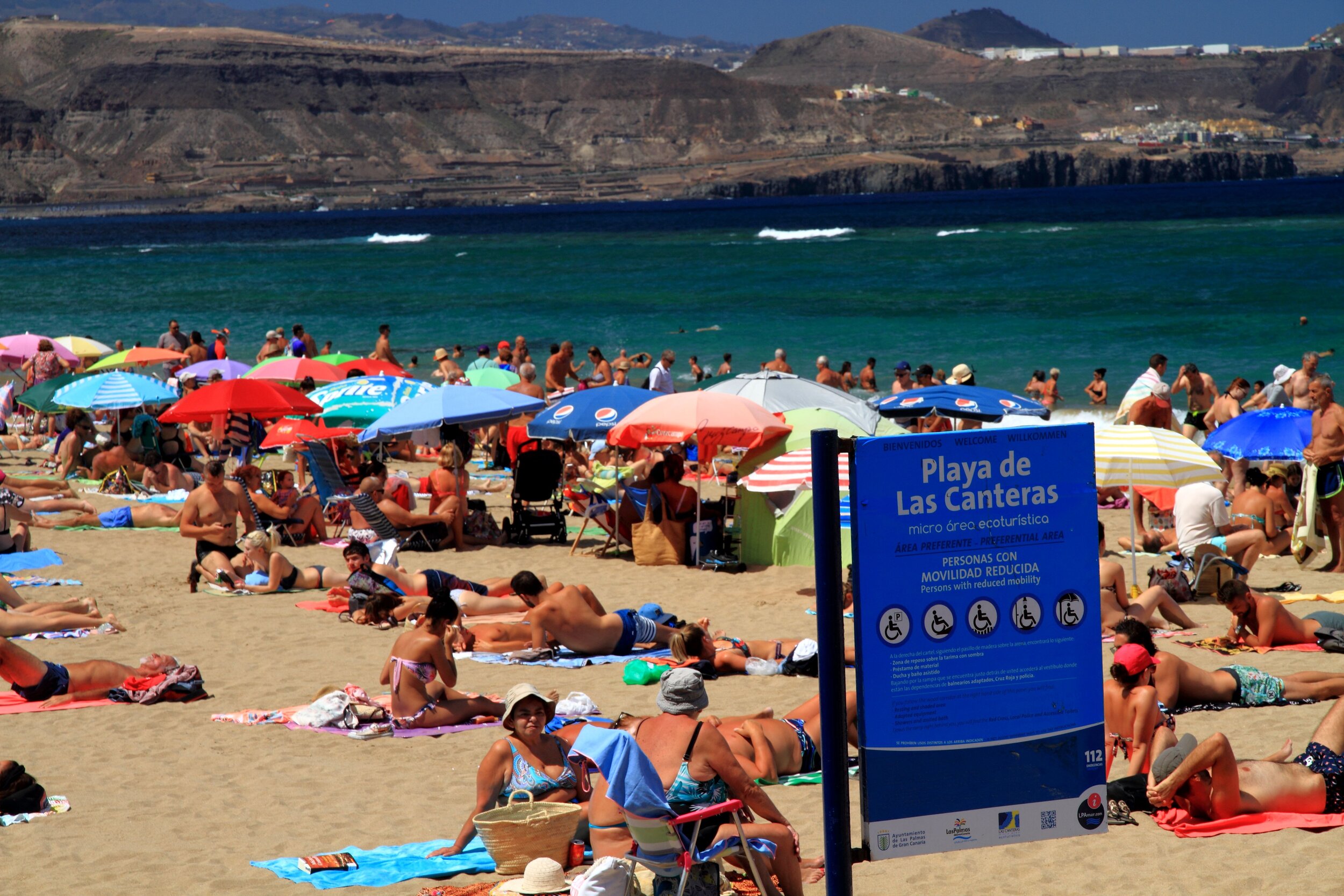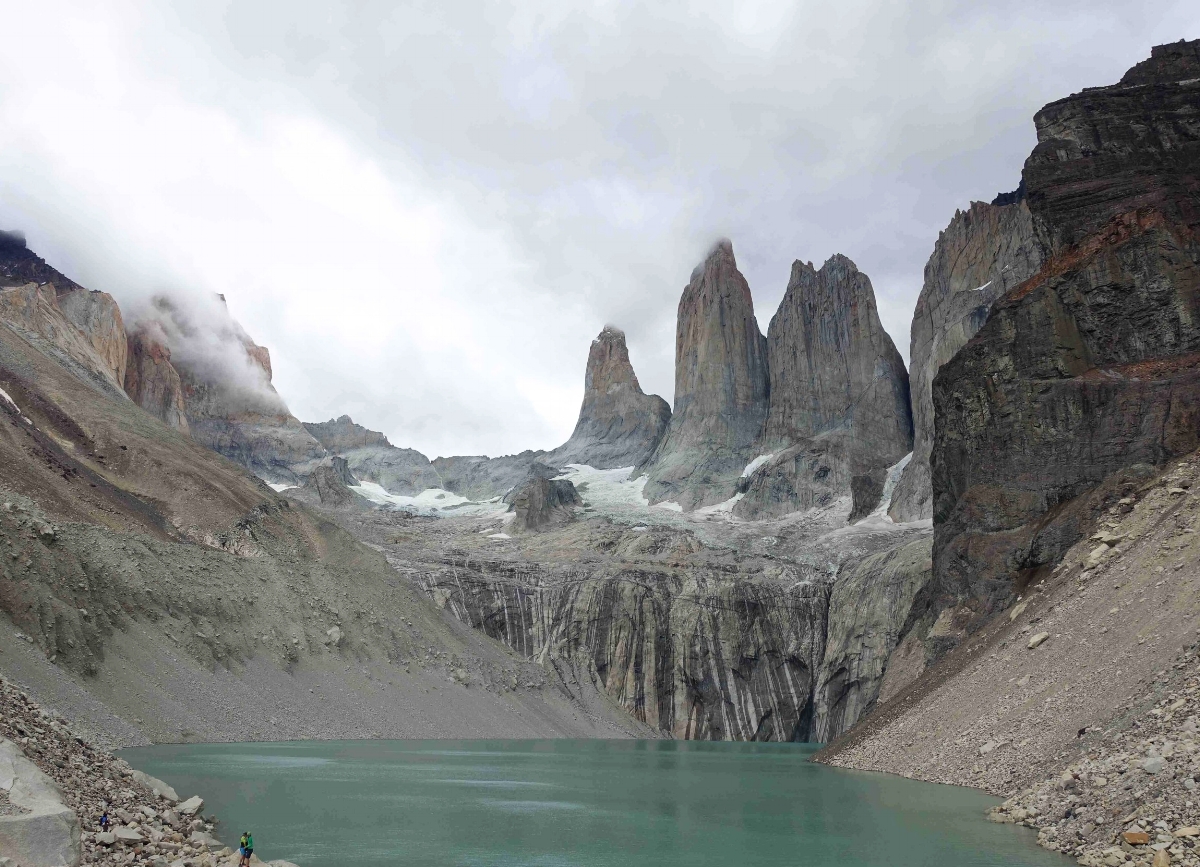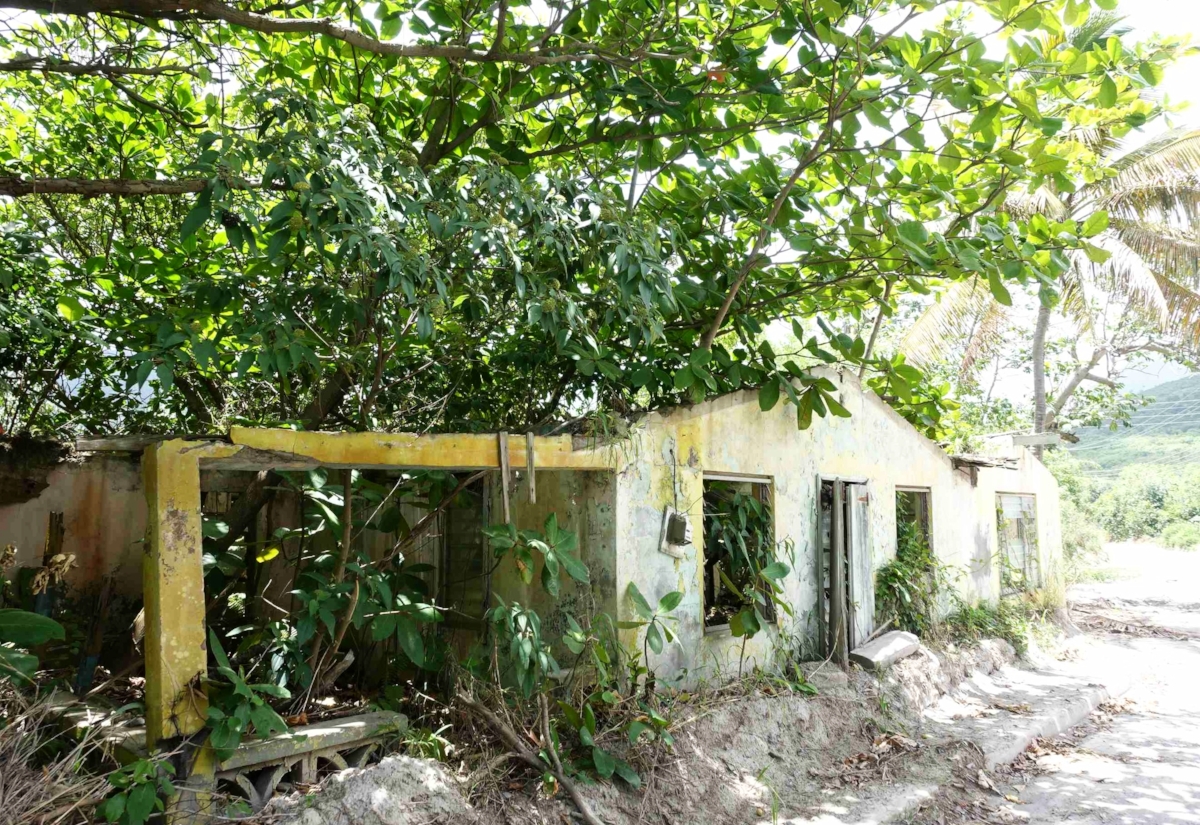Our Top Tips for First-time Travellers to Georgia
/vardzia
Introduction
The country of Georgia in the south Caucasus Mountains, sandwiched between Russia, Iran and Turkey, is a fascinating place. It has a complex history of war, occupation and resistance; its own alphabet and language; incredible landscapes with Europe’s highest mountains and a coast on the Black Sea; as well as an 8,000-year tradition of winemaking. Not surprisingly it has been attracting increasing numbers of tourists in recent years. Why wouldn’t you want to go? Of course you would.
terracotta pots (qvevri) used for thousands of years in georgia for winemaking.
Having spent three weeks there in September 2024 we thought we’d share a few tips of things we found useful.
Note: A lot of travel blog sites subscribe to affiliate programs whereby they earn income by recommending a service or product that a reader goes on to purchase via the site. We are not part of any affiliate programs. The services recommended in this post are purely because we found them worthwhile.
Georgia Travel Advisories
Are you worried about going to Georgia? Haven’t they fought wars with Russia in the early 2000s? Yes, that’s true. Russia controls two parts of Georgia: South Ossetia and Abkhazia. But the situation has been stable for some years. It just means that you can’t visit those bits.
mt kazbek - close to the russian border
Possibly more relevant is that recent elections held in October 2024, won by the Pro-Russian ruling Georgian Dream Party, have been disputed by the opposition claiming electoral fraud and there have been mass protests against the result. At the time of publication (January 2025) this has not been resolved, which means that there is a strong likelihood of further protests. As a visitor, just keep abreast of developments and avoid demonstrations.
georgian and ukrainian flags - batumi
We felt extremely safe throughout our travels there. We’d advise that you check your government’s travel advisory for Georgia before and during your visit.
We use the Australian Government’s Smartraveller site. Click here.
Also useful are the UK Government site and Canadian Government sites.
Our 15 Top Tips
Now, it’s on to our Top Tips
1. Learn the Georgian Alphabet and a Few Words
The 33 letter Georgian alphabet is used nowhere else in the world. We made a point of learning it before leaving home, anticipating that it might be useful for reading bus signs or menus. It turned out that it wasn’t really necessary, but we enjoyed trying to work out Georgian signage.
Here’s a useful website we used to learn the alphabet.
What proved to be more useful was learning a few words or phrases. Notably:
gamajoba hello
madloba thank you
nakhvamdis goodbye
ramdeni how much?
ho/ara yes/no
tu sheidzleba please
Inglisuri itsit? Do you speak English?
The simple act of saying “hello” or “thank you” in Georgian seemed to be appreciated. The biggest tourist market in Georgia is Russia. It may be a generalisation, but in our observation throughout our trip, most Russian tourists did not bother with such simple niceties. They assumed the locals would all speak Russian and spoke to the locals with a certain arrogance. Our ‘gamajobas’ and ‘madlobas’ marked us out instantly as “not-Russian” and people would then ask where were we from. As our host at the Tower Museum in Svaneti put it when he found out we were Australian he gave us a discount. We asked what he would’ve charged if we were Russian, “double!” he said.
2. Get a Travel Sim or Local Sim
We know, this applies to virtually everywhere you travel overseas nowadays, but it is worth reiterating it here. Our prior research indicated that local sims for the three south Caucasus countries were restricted to each country. Our plan was to spend a week each in Azerbaijan and Armenia and three in Georgia, so a sim that covered the lot would be ideal.
So, while local sims won’t cover all three, there are travel sims that do, which you can buy before you travel. We ended up with a couple of sims from SimsDirect. There may well be others. This option is more expensive than local sims, so if you’re only in one country, or don’t mind fiddling about with different sims each time you cross a border, then go with local sims. In Georgia we bought a sim from local provider Magti for one of our phones and it worked well. There are several Georgian providers. If you want to know more about the best sim cards for Georgia, the Wander Lush website has a useful post that discusses the choices (see below).
3. Check Out the Wander Lush Website
By far the best travel blog site we used to help plan our trip and for up-to-date info and tips while on the trip, was Wander Lush.
This travel blog is created and operated by an Australian journalist living in Georgia, Emily Lush. It is comprehensive and detailed. We found it super useful.
4. A Couple of Useful Local Travel Companies
The main means of transport between towns and cities in Georgia is the marshrutka (plural marshrutky) which are minibuses. They run everywhere. However, sometimes they can be crowded and uncomfortable or only running on limited timetables on a route you want to take. We used two local travel companies a few times to get around these problems.
Budget Georgia
They run comfortable, modern marshrutky on some popular tourist routes such as Kutaisi to Mestia. You book in advance on-line and are therefore guaranteed a seat leaving at a time of your choosing. They also run day trips. We used them for a day trip to Ushguli in Svaneti. Click here for their website.
our budget georgia transport from mestia to batumi
GoTrip
This is like a long-distance Uber. It’s fairly expensive compared to local public transport but you choose exactly when and where you travel, with door to door pick up and drop off, and you decide what stops you want to make on a journey at no extra cost.
battling the traffic in our go trip to kazbegi
You book on-line and can choose the driver and peruse reviews from previous customers. You can also stipulate the language if, for example, you want an English-speaking driver. Click here to access their website.
cally with our go trip driver, josef
We used GoTrip to travel from Tbilisi to Kazbegi and stopped a number of times along the way (click here to read about our GoTrip experience in “A Georgian Journey Part 1”).
5. Consider Using a Wise Money Card
Again, this is a more generic travel tip. In our last few overseas trips, we’d just used our regular bank and credit cards from home, being prepared to pay the relatively high conversion costs and other fees when taking funds from ATMs or paying hotel and other bills. We did this purely for convenience.
However, after a couple of recommendations from family and friends we decided to give the Wise card a go. It proved to be a good move. The conversion rates we received were much better than our banks from home. It was easy to transfer funds from our bank account to load up the Wise card.
We also found it comforting to know that, if somehow the card was hacked the only funds we could lose were those we had pre-loaded on, which we kept relatively low, as opposed to a credit card with a high limit.
It’s a visa card so was accepted everywhere we used it. Card payments in restaurants, hotels and supermarkets were common in all the towns we visited.
6. Consider Putting the BOLT app on Your Phone
BOLT is a ride-share company. It’s across a lot of European countries and is popular across Georgia. We liked that we could sign up without having to add a credit card. You can indicate that you will pay cash, and that’s what we did.
We used it a number of times when local taxis were either non-existent or wanting to charge an exorbitant fare. Like other ride-share apps you know what you’ll pay when booking. We used it several times in Georgia as well as in Baku, Azerbaijan.
7. Get a Metromoney Card in Tbilisi
Metromoney cards are the local transport cards used in Tbilisi for the metro, buses and marshrutky.
The Tbilisi metro is good for getting to most places you’re likely to visit as a tourist. The cards are cheap and easy to load funds onto at the machines in all stations, with instructions in English.
If you travel to Tbilisi via marshrutky from other locations in Georgia they invariably arrive at a metro station, which then makes it easy for onward travel within the city. There is a station at Liberty Square close to the Old Town, which is handy for travellers, many of whom stay in and around that area. So, grab a Metromoney card when you arrive.
8. Try the Local Food
Sounds obvious, but some people are hesitant to try foods very different to what they’re used to. A couple of must-try Georgian classics are khachapuri and khinkali.
khinkali
Khachapuri are cheese-filled pastries. They are very filling and come in many different styles. Khachapuri acharuli are gondola shaped and come topped with a fried egg, whereas khachapuri imeruli has melted cheese inside.
various styles of khachapuri
Khinkali are Georgian dumplings. There are all sorts of fillings. We had savoury ones with pork and lamb mince, rabbit, spinach and mushroom varieties. They also come as dessert. We had khinkali with figs inside.
khinkali with figs inside
We found the restaurant Khinkali Collection just adjacent to Liberty Square to be particularly good. Here’s a link to their Instagram page.
But there is a trick to eating them. See below.
One other food recommendation is the churchkhela, a string of nuts (usually walnuts) coated in grape juice caramel. Very sweet and delicious.
churchkhela
We got some good ones at the main market in Kutaisi.
9. And, of course, Try the Wine
With 8,000 years of wine making under its belt Georgia knows a thing or two about winemaking.
time for some qvevri wine
The qvevri style wine is made in terracotta amphorae buried in the ground.
qvevri amphorae
It can produce some of the most sumptuous golden wine. Qvevri also works for red wines.
Most Georgian wines are made by modern wine making methods that we are familiar with. Whatever you do, make sure you try some of their wines. Usually available at very reasonable prices.
10. Don’t be Worried About the Dogs
There are a lot of dogs in Georgia living un-owned in the towns and cities. The country has a system whereby stray dogs are vaccinated against rabies and desexed. They then receive ear tags to indicate that they have been through this process.
this fella just poppped up at our cafe table in central tbilisi - note yellow ear tag
They are then left to get on with life.
local dog ushguli
We saw them in all locations we visited.
dogs napping on the peace bridge in tbilisi
They are fed by the local community and most look healthy. We never felt threatened by them. They were all pretty chill. The only arguments we saw were occasional turf disputes between them. Seems like a pretty good system.
11. Women, Bring a Scarf
Georgia is a religious country. They are very proud of the fact that they were the second country in the world to declare Christianity as the state religion in the 4th century (shortly after neighbouring Armenia). A lot of its history is tied up with the Georgian Orthodox Church.
If you want to enter a church you need to dress modestly, no shorts for men, and long skirts and head scarves for women. Often loan bins are at the entrance to the church containing scarves and sarong-like wrap arounds. But if you don’t like the idea of putting a much-handled public share-scarf on your head, then bring your own.
loan bins
12. Bring a Walking Stick
If you’re getting to be a bit like us with our dodgy knees, and find going uphill a challenge at times, you’ll already know the value of having a trusty walking stick. Georgia has a lot of up-hill bits known as the Caucasus Mountains.
that’s mt kazbek in the background - note walking stick
So, if you plan to do some mountain walking then definitely bring a walking stick. We brought fold-up sticks that easily fitted into our luggage.
13. Bring Travel Sickness Medication
If you are inclined to travel sickness on windy mountain roads, then you’ll be wise to bring your favoured travel sickness medication. There’s a high chance you’ll be pleased that you took some for your journey to Svaneti or Kakheti, for example.
WINDY MOUNTAIN ROAD, SVANETI.
We found a lot of Georgian drivers to be rally drivers in their own minds, with cornering and overtaking a bit wild and jerky at times.
14. Download the Georgian Language on Your Translation App
Most travellers have translation apps on their phones nowadays, with Google Translate being the most common. Even though we didn’t need it much, we thought it a good idea to have it downloaded prior to leaving home in case we needed to use the app off-line in some obscure part of the country. You don’t want to be trying to communicate with a local farmer on an isolated walk in the mountains about which path to take by using charades.
a lot of tourist-related signage is in georgian, russian and english.
Having said that we only used the translation a couple of times, and it was in a town setting with an internet connection.
15. Keep Your Small Change for Toilet Stops
Most public toilets, especially those at popular tourist stops, such as monasteries and castles, will have a babushka on a chair guarding the entrance ready to collect a few coins before you are allowed in. There’s no avoiding them.
this one had a babushka and a coin operATED TURNSTYLE
We quickly realised that this was everywhere, and we then made sure that we always had some local shrapnel on hand.
THIS ATTRACTIVE OUTDOOR SETTING STILL HAD THE MANDATORY BABUSHKA. TECHNICALLY IT WAS IN ARMENIA WHERE THE SAME SYSTEM APPLIED.
Conclusion
We found Georgia to be a relatively easy country in which to travel. The distances between the major towns were generally not too far. Marshrutky were fairly ubiquitous and not expensive, and as mentioned earlier, there were alternatives.
CATCHING A MARSHRUTKY TO TBILISI
Many of the younger Georgians spoke English, especially those working in hospitality and accommodation. Overall, it was all pretty straightforward, not dissimilar to other small European countries.
nekresi monastery
The planning and preparation we did beforehand meant that we had a clear idea of where we wanted to visit and how best to get there. Hopefully, some of the tips we’ve listed here will help to make your trip run smoothly too.
Happy travelling and gamajoba Georgia!
Ken and Cally
PS If you want to know more about our 3 weeks in Georgia click here to read A Georgian Journey - Part 1 and Part 2.
ancient svan towers, mestia

